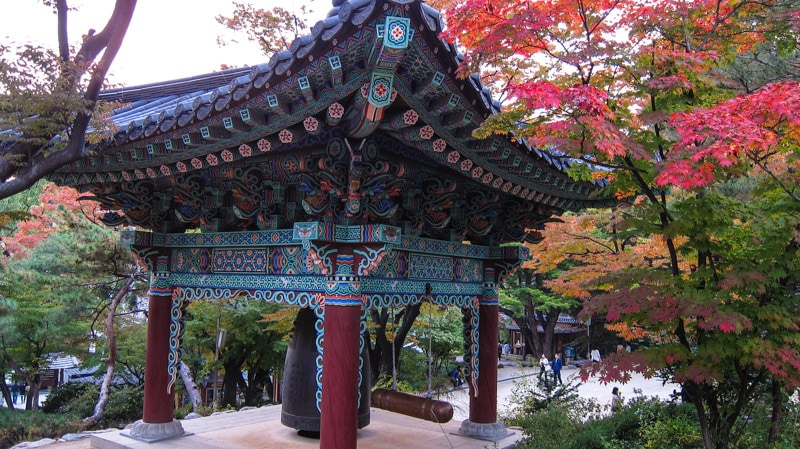
Gilsangsa Temple is a fairly new and popular Buddhist temple complex surrounded by nature and beauty in hills of Seongbuk-dong, a neighborhood of Seoul. Since 1997, Gilsangsa has become popular with both locals and tourists for its harmony with nature.
Originally, an upscale restaurant known as Daewongak was built at this location. The owner of the restaurant decided to donate the land and buildings to Venerable Bupjeong (1932-2010), a Buddhist monk. In 1997, he decided to convert the restaurant into Gilsangsa Temple.
The complex still contains original features of the restaurant which is unusual for Buddhist temples in Korea.
The temple is located in an area surrounded by natural beauty. It is peaceful environment. One of the most enjoyable ways to experience the beauty here is to just walk the complex grounds. Take in all the stunning views and sights.
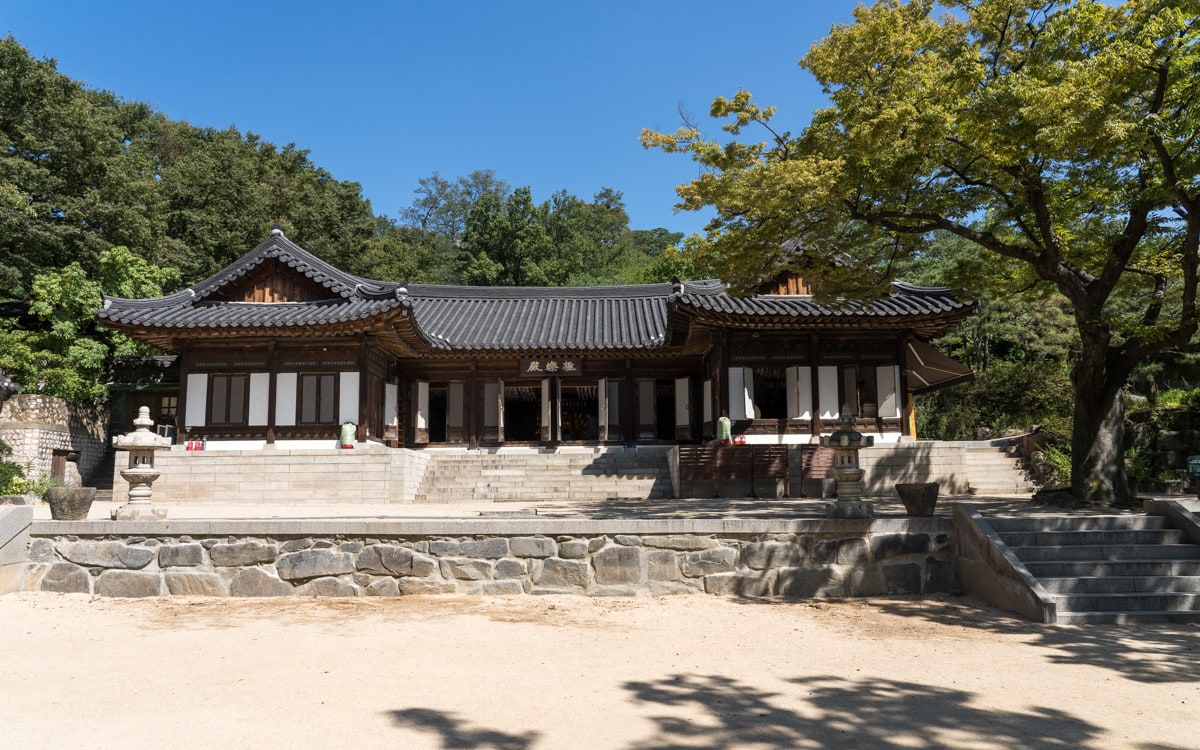
The main hall is Geukrakjeon (Hall of Ultimate Bliss). It is where Amitabha Buddha is enshrined.
Gilsang Seonwon (Zen Center) is dedicated to the practice of meditation. There is also another mediation room known as the House of Silence. It is open from 1000 to 1700.
Many Buddhist programs are offered here including a templestay program, Buddhist teachings classes, a zen center, and a public meditation room.
The templestay program is a great way for tourists to learn what it is like for a monk to live at a temple. This overnight program is available on the fourth weekend of every month and costs 30,000 won per person.
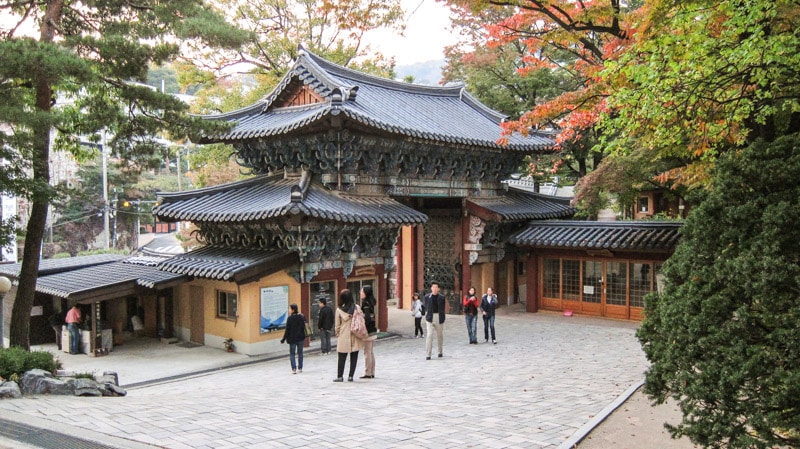
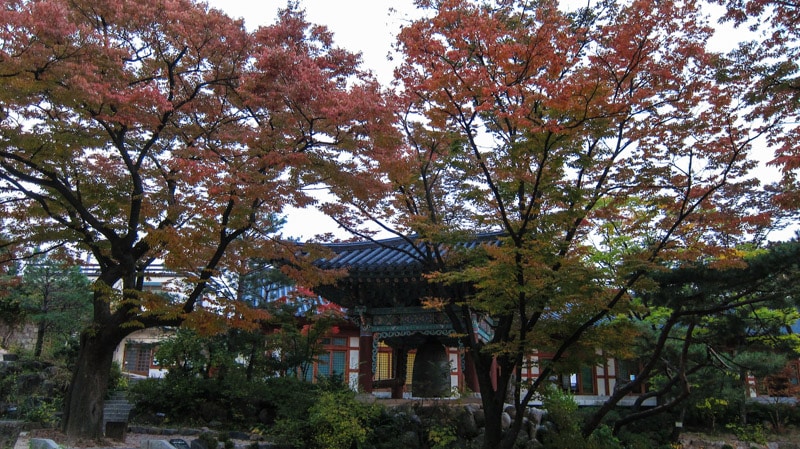
Gilsangsa Temple Information
Hours
Daily : 4:00-20:30
Admission
Free
How to Get Here
Take Subway Line 4 to Hansung University Station (Exit 6). After exiting, walk 50m to Dongwon Mart just past the regular bus stop. From here, there is a shuttle bus to Gilsangsa Temple. The shuttle bus departs at 8:30, 9:20, 9:40, 10:00, 12:00, 13:00, 15:00, and 16:30. Another option is to take bus 1111 or 2112. Get off at the 2nd stop. From here, turn right at the first light and continue walking for 10 minutes. It is a 20 minute uphill walk from Hansung University Station (Exit 6) to the temple.
Map
Nearby Sights
Seoul Munmyo
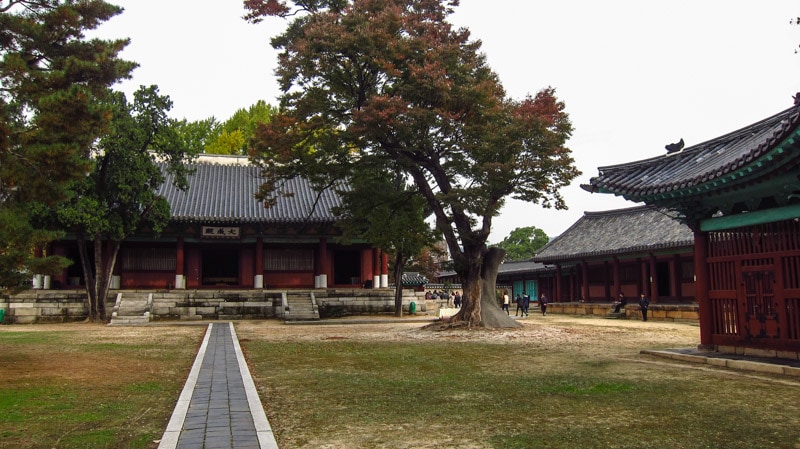
Seoul Munmyo is a shrine dedicated to Confucius, his disciples, and other great scholars. In the past, it has also gone by the name Munseonwangmyo. During the Joseon Dynasty, the buildings were used as an educational institution.
Sukjeongmun Gate
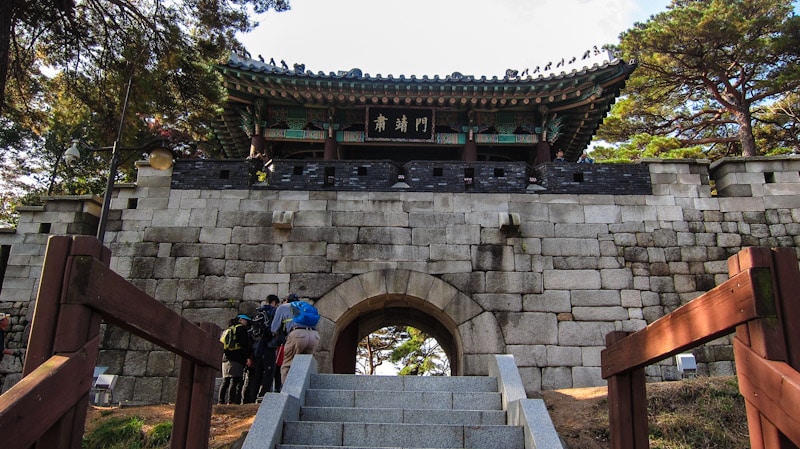
Sukjeongmun Gate is the most northern of the Four Main Gates of Seoul Fortress. It is also known as Bukdaemun, literally meaning North Big Gate. When originally built in 1396, it was known as Sukcheongmun. In the 16th century, it was renamed to Sukjeongmun, which means Rule Solemnly Gate.
Hyehwamun Gate (Honghwamun Gate)
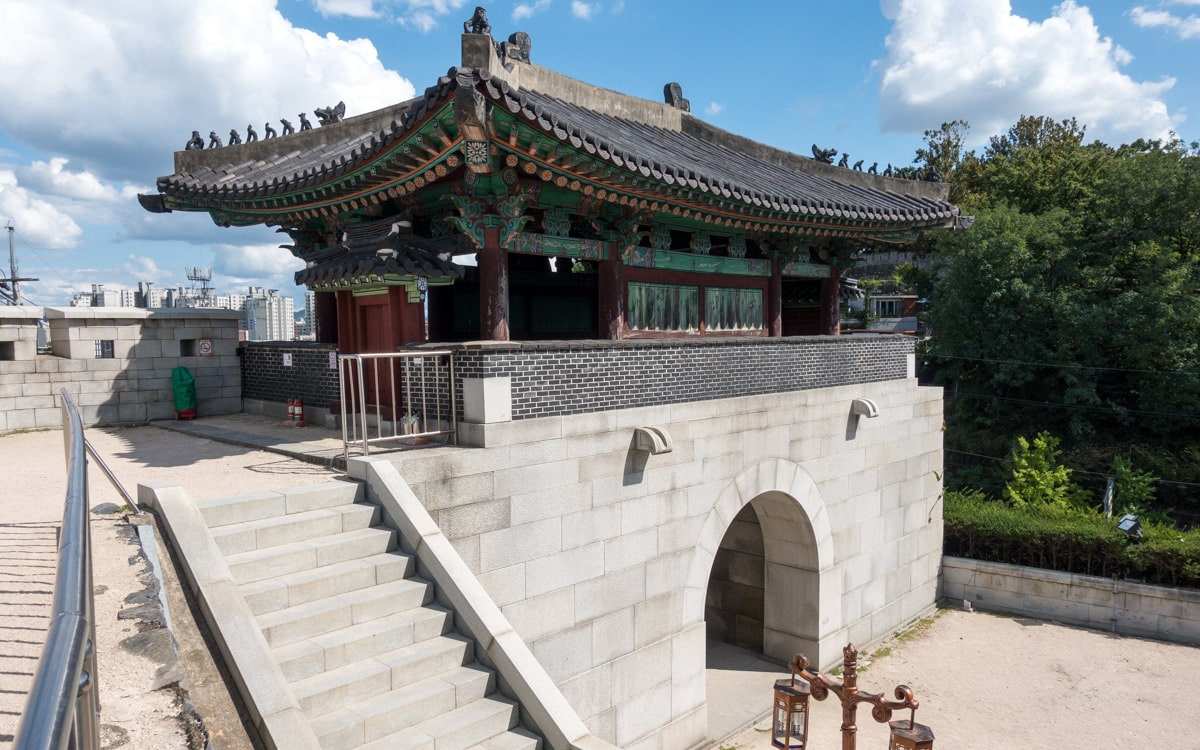
Hyehwamun Gate is one four small gates found on the Fortress Wall that surrounds the city of Seoul. Hyehwamun literally means "Distribution of Wisdom Gate." When originally built during the reign of King Taejo in 1396, it was known as Honghwamun.
Daehangno Philippine Market
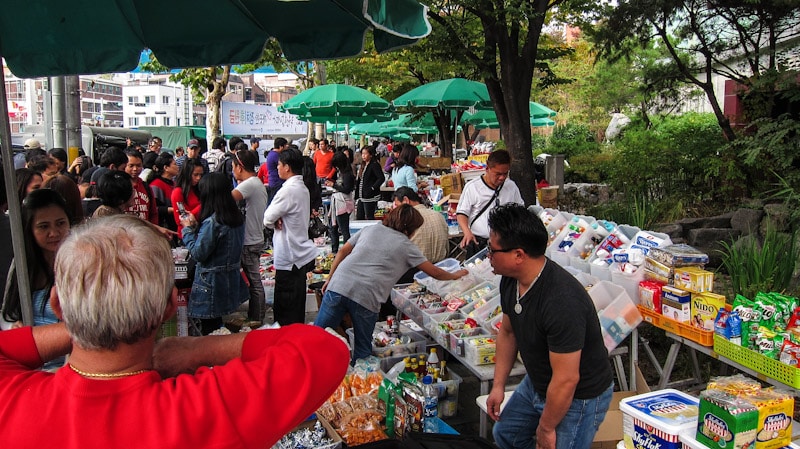
Daehangno Philippine Market is a unique Sunday street market in Hyehwa-dong that sells groceries, food, snacks, and other products from the Philippines. If you are looking for hard to find products of the Philippines, then this is your one stop spot in all of Seoul. There is nothing else like it in the city.
Huwon Secret Garden

Huwon Secret Garden is a rear garden at the palace that flows naturally with nature and was used as a place of leisure by members of the royal family. The garden, which has also been known as Bukwon, Geumwon, and Biwon. At 78 acres, the garden takes up about sixty percent of the palace grounds.
Samcheong-dong
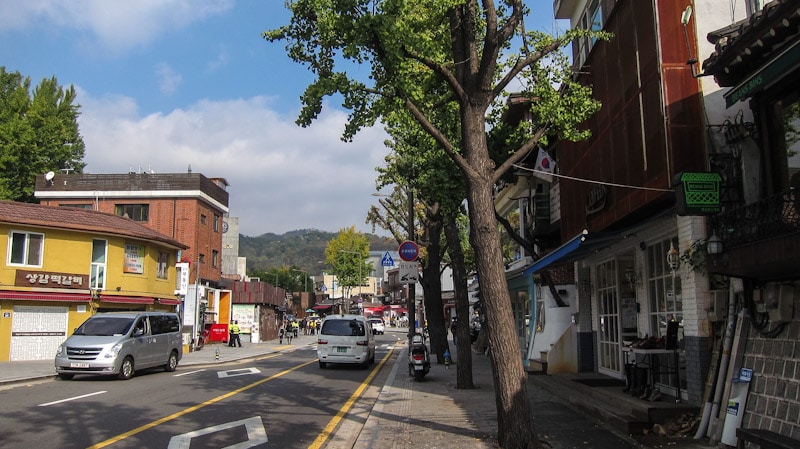
Samcheongdong is a trendy and upscale neighborhood of Seoul that lies in a scenic area just east of Gyeongbokgung Palace and Cheong Wa Dae (Blue House). This youthful neighborhood is named after the clean and beautiful water, mountains, and residents in the area.
Additional Resources
Viator by TripAdvisor
Viator is a popular online platform that helps travelers book tours, activities, and unique experiences worldwide, including in Seoul. It connects users with a wide selection of options – from sightseeing tours to cultural events and outdoor adventures – all offered by local providers.
Book Recommendations
For an immersive guide to Seoul, many travelers choose to bring a book along. Fodor's Seoul, for example, offers detailed recommendations on sights, restaurants, maps, and travel tips.
Learn more about book recommendations
Rakuten
Save money while exploring Seoul with Rakuten's cashback program. Book your hotels or other services through Rakuten and enjoy cashback rewards and exclusive deals.
If you sign up using the link below, you could earn $30 cashback on your first purchase over $30.
Klook
Klook offers discounted tickets and reservations for various attractions and services in Seoul, from theme parks and museums to tours and transportation options.
If you sign up using the link below, you will get $5 off your first order.
Last Updated on Jul 21, 2023